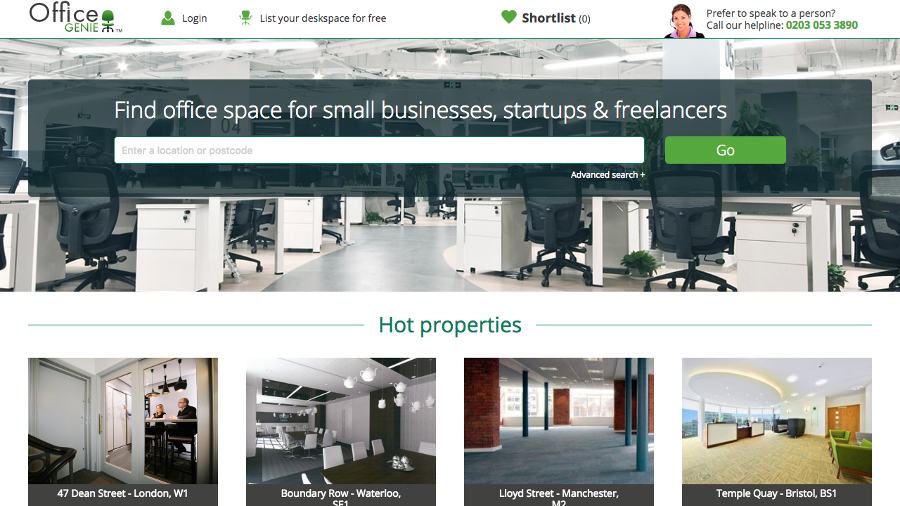
Day job got you down? Why not branch out on your own and make your mark in the freelance world? Working for yourself is an increasingly attractive and realistic proposition as many companies move away from salaried employees to contractors brought in for specific tasks.
Your time, within reason, is your own. Your workload is entirely manageable by the work you take on. You can try new things, work when your creative energy is highest, and play your music as loud as you like.
There are negatives – you’ll need to manage your own pension, tax and health benefits, for example, as these will no longer be provided by your employer – but if going freelance is a move you feel like making, there are a few things you’ll need to know beforehand.
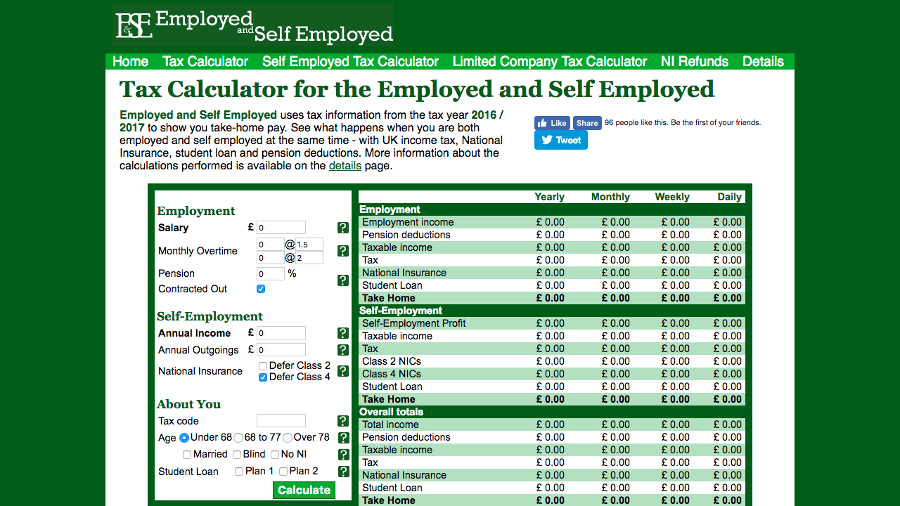
1. Keep it realistic
Before you even consider leaving a stable, well-paying job for a freelance career, make sure you can do it without ruining yourself. Determine, most importantly, how much money you absolutely need to get by every month. Make a precise and honest budget, mapping out your spending as a freelancer, bearing in mind that you’ll need to look after your own tax and National Insurance contributions – there’s a calculator here which can help with the sums.
Then make another budget to determine how frugally you’ll need to spend as you lead up to your freelance career in order to build up a financial reserve for yourself to cover those barren months when the cheques just don’t roll in. Self-employment is a wonderful situation to be in, but only after some serious planning.

2. Create a portfolio
Going freelance is, without a potential source of work, equivalent to wilfully making yourself unemployed. It seems like complete madness. So make sure you – and the quality of your work – are known to those people who might need your services in the future.
Assuming you’re pursuing a creative career, an online portfolio of your work is a great way to show potential clients just what you can do. An Adobe Creative Cloud subscription entitles you to a fairly comprehensive portfolio tool and some space on Myportfolio.com, or you might elect for a DIY website service like Squarespace, Wix, or, if you’re a web designer, knocking together the flashiest site you can on a bespoke domain.
Are you a pro? Subscribe to our newsletter
Sign up to the TechRadar Pro newsletter to get all the top news, opinion, features and guidance your business needs to succeed!
If you’re not a creative or don’t have a grand body of work to lean on, at least showcase your existing qualifications, past employment and training. To certain companies, this will be much more important – a well-managed and well-endorsed LinkedIn account can be a valuable asset in this case.
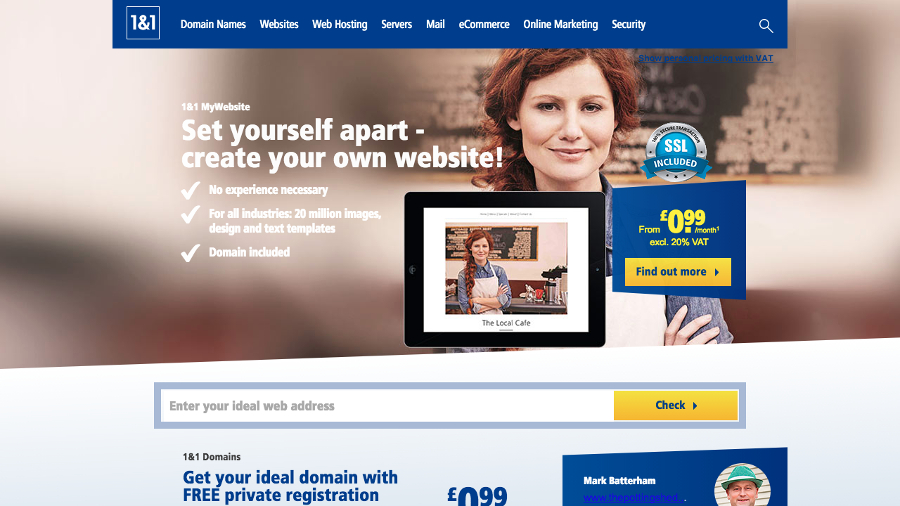
3. Be professional
Hey, sk8erkid420 – you’re not getting any work. Really, you’re not. Ditch that old email address, clean up your social media, and present yourself as what you truly are: a business. It may be worth investing in your own domain name using a company like 1&1 or GoDaddy in order that your email address looks sharp, and a set of well-designed business cards (even those produced on the cheap from the likes of VistaPrint) are a must if you ever want a client to get back to you.
Pick up some smart clothes for meetings and office visits. Clients will come to you to pay for your services, and they deserve to see you at your best. We have no doubt you’ll spend your days at home working in joggers and a tank top, but they don’t need to know that…
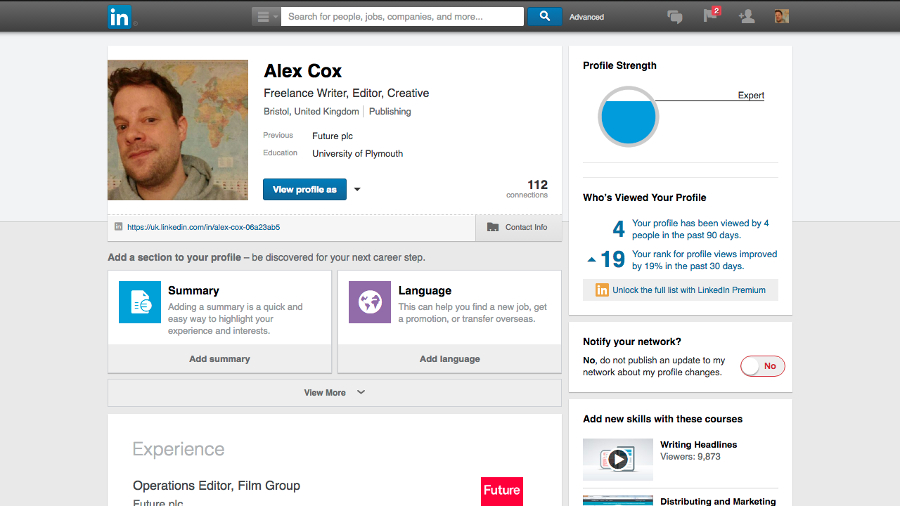
4. Find clients
You may find that becoming a freelancer is an easy task, particularly if you already work for a company that uses a lot of contractors. As long as you don’t burn any bridges on the way out, and talk to the right people before you go, you could well see yourself gainfully employed from the off.
But what if this doesn’t happen? In this case, it’s up to you to get yourself seen. Search online, hit up email, tap up LinkedIn contacts, and send carefully tailored messages directly to people who might wish to employ your services. Measure your tone for the company and individual you’re contacting, introduce yourself politely, include links to your portfolio and, at least initially, don’t talk money.
Don’t expect a huge number of hits, particularly if you’re mailing out of the blue – if you have friends or ex-colleagues who might be able to put your name around, you’re more likely to get a bite.
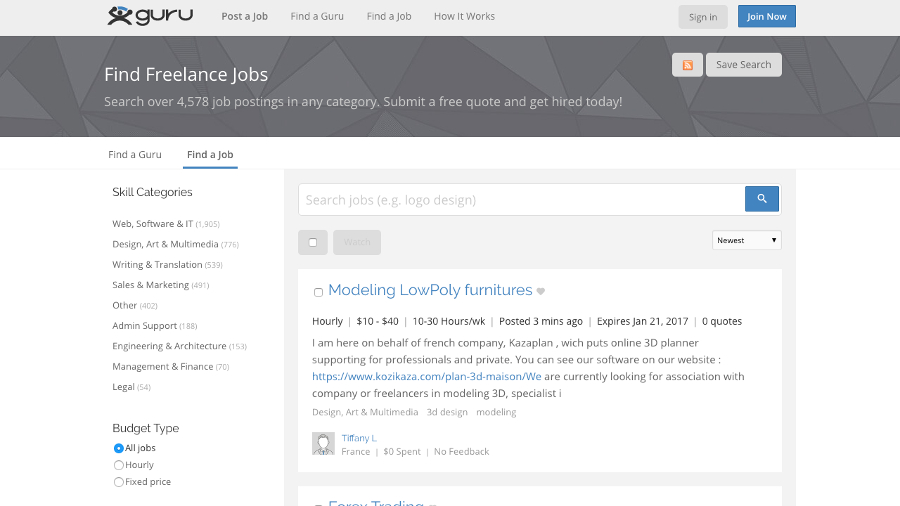
5. Make clients come to you
Of course, meekly saying ‘I’m a freelancer, please can I have some work?’ isn’t necessarily the right thing to do in all cases. Increasingly employers and freelancers are gravitating towards sites like Guru and UpWork to advertise jobs that need doing and services that could potentially be rendered.
There are numerous benefits to this approach – Guru, for example, acts as an escrow of sorts, taking payment up front for a job and passing it on once the client is happy, and it also works to match employers and freelancers based on the work available.
There’s a downside, in that you’re going to end up competing with a huge number of other freelancers, and may need to (at least initially) work for lower rates in order to establish your reputation on the site. Savvy clients will pick the best people for the job; those with fewer scruples will go for the cheapest. You should know what your time is worth – don’t work for less.
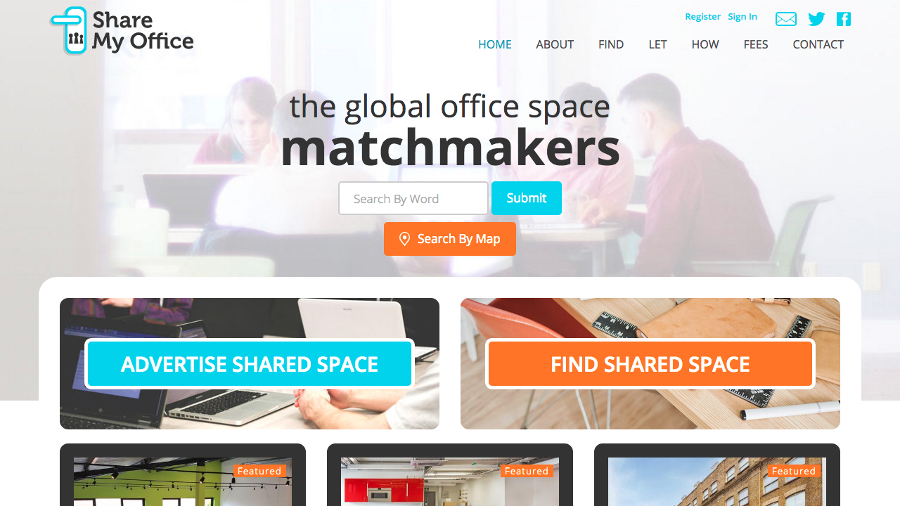
6. Work, work, work...
We’re not about to suggest you should accept every commission offered to you – that way madness lies. Yes, the more you work, the more money you earn, but burning yourself out will affect the quality of your output, and you have to have a life outside of work. That said, prioritise new clients where possible, and be prepared to work at all hours, moving your free time around, in order to satisfy their demands.
If self-motivation is an issue, consider renting a desk in a shared office space via a site like Officegenie.co.uk or Sharemyoffice.com. You might also like to try advanced working techniques to keep yourself sharp: the Pomodoro technique – where work is broken up into bursts, with short breaks in between – has been steadily gaining popularity since its inception in the 1980s.